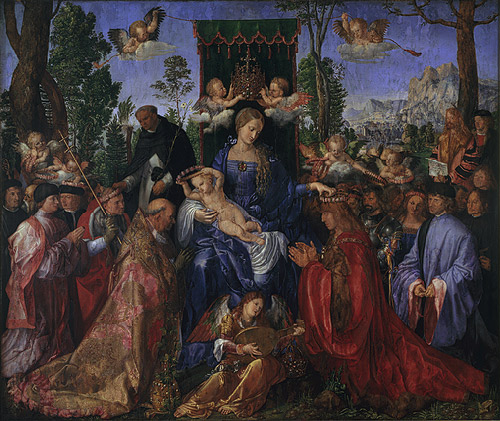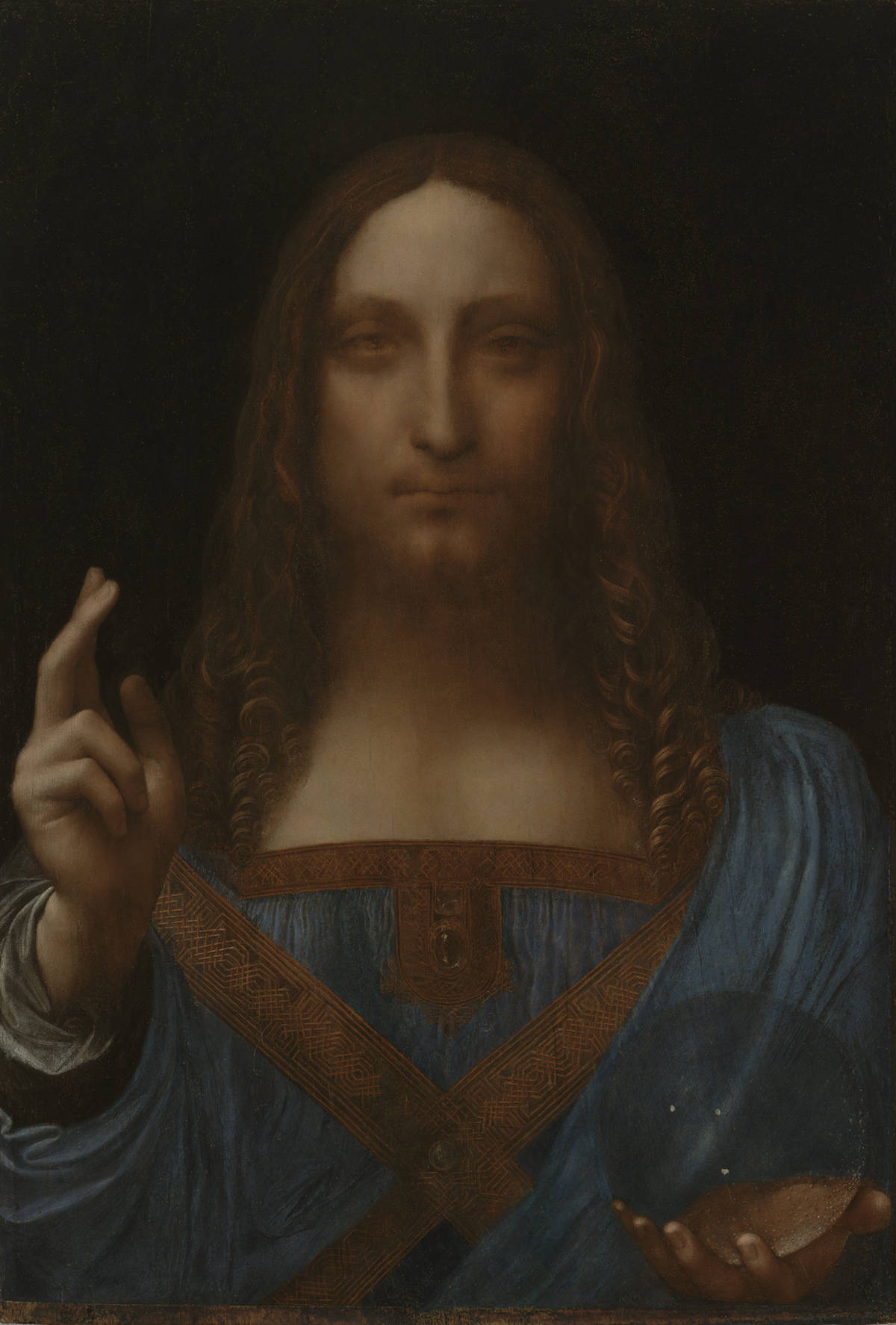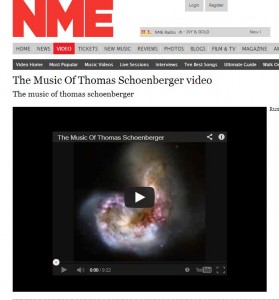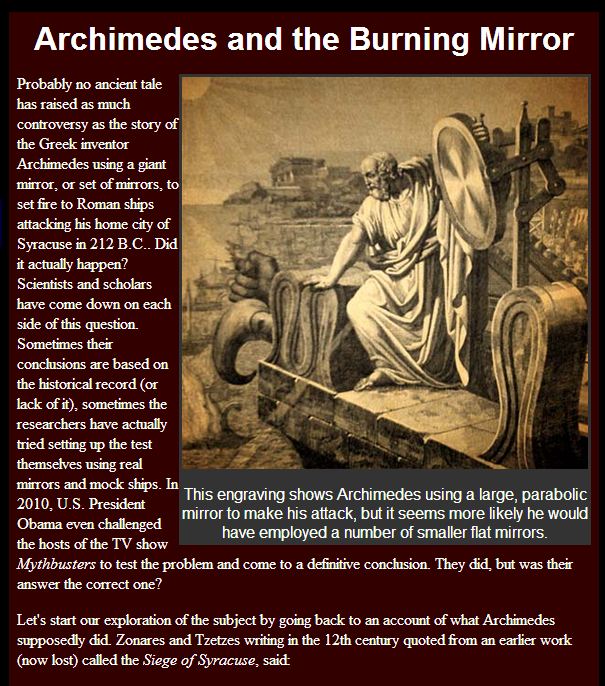I may have stumbled upon something new, something overlooked, and something that could rewrite the history books on Da Vinci. Could his greatest riddles lie right before our eyes?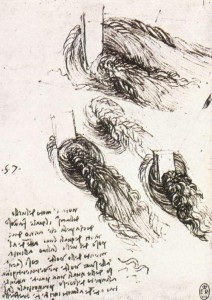
Hair is water. At least it was to Leonardo. The riveting,and cascading, often turbulent hair noted in the subjects of his greatest paintings, Mona Lisa, John the Baptist, the Virgin, the Last Supper, all seem to draw the attention of the admirer in the most intriguing way. But what exactly did the artist think?Leonardo was fascinated by turbulent motion. Vortex motion was especially powerful, since a vortex speeds up towards its center Using meticulous observation and intricate theory, he created compelling images of water in spiral motion. It reminded him, typically, of the curling of hair. Therein could lie a key in solving what I believe is a mystery hidden on history’s front porch, overlooked by every major art scholar since the 17th century, a secret that could reveal a slew of messages Leonardo hoped one day we would find. Messages that speak to his fear that water remains our greatest challenge. As I write this, I am reminded that the mid section of the US suffered a drought in 2012 that destroyed 68% of our corn and wheat, or thereabouts .That we have suffered the increasing ravages of “Super Storms”. Storms that threaten entire counties, entire states, and the cities where our founding fathers once planned a revolution.
The riveting,and cascading, often turbulent hair noted in the subjects of his greatest paintings, Mona Lisa, John the Baptist, the Virgin, the Last Supper, all seem to draw the attention of the admirer in the most intriguing way. But what exactly did the artist think?Leonardo was fascinated by turbulent motion. Vortex motion was especially powerful, since a vortex speeds up towards its center Using meticulous observation and intricate theory, he created compelling images of water in spiral motion. It reminded him, typically, of the curling of hair. Therein could lie a key in solving what I believe is a mystery hidden on history’s front porch, overlooked by every major art scholar since the 17th century, a secret that could reveal a slew of messages Leonardo hoped one day we would find. Messages that speak to his fear that water remains our greatest challenge. As I write this, I am reminded that the mid section of the US suffered a drought in 2012 that destroyed 68% of our corn and wheat, or thereabouts .That we have suffered the increasing ravages of “Super Storms”. Storms that threaten entire counties, entire states, and the cities where our founding fathers once planned a revolution.
Some of my thoughts since the advent of these spectacular hurricanes, tsunami’s and super storms once again center around Leonardo Da Vinci and his obsession with water and its endless mysteries. Da Vinci was also obsessed with meteor’s, light and shadow,and weapons, but above all, water fascinated him……
Before I begin, I want to calibrate my gentle readers to the marrow of my argument. That Da Vinci was able to extrapolate the flood(s) he saw in his lifetime, to a larger argument that, as Florence goes, so goes the world. Da Vinci’s codex’s are an area of great interest for me. I have studied them for decades. In light of recent meteorological events, they lead me to conclusions that I hope others may now ponder.In short, I believe that behind many of Da Vinci’s greatest paintings lie a host of hidden markings, clues and riddles,meant to be discovered only after his passing and only when the technologies of the day can meet the challenge. I believe that upon extensive examination through x rays, we may be able to expose the secrets Leonardo hid underneath his masterpieces. As a composer who frequently uses hidden and arcane messages in my own music, I have a great appreciation for how Da Vinci chose to express his muse. I have written music inspired by the astonishment I have felt watching Mother Nature throw overwhelming tantrums. http://music.thomasschoenberger.com/track/mayhem. We all have seen, or felt Mother Nature’s fury.
Now if a master polymath such as Da Vinci, a student of autonomy, mathamatics, engineering and vibration, applied all these disiplines into his later paintings, could he have viewed the canvas as a foundational bone structure, a skeleton as it were, and hence viewed the finished surface of the paintings as their flesh? Following this thought, it might inidicate that Da Vinci would have put a score of messages underneath the pigment, as flesh itself covers sinew, muscle and blood. If this is found out to be the case, then we will have to look at the paintings in a whole new context. We should also look at some of his famous codex’s for clues.
The website http://www.vam.ac.uk/content/articles/f/forster-codices-leonardo-da-vinci-notebooks/ contains a simple yet accurate accounting of the Forster Codices: The abbreviated information below is a good start for amateur Da Vinci sleuths: 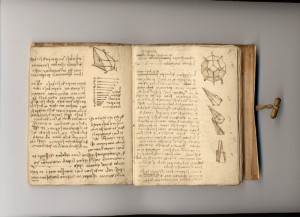
Leonardo was just 14 when the river Arno overflowed its banks, sending rivets of death and destruction upon the city state of Florence. The scene must have been crazy ! Young Leonardo, a talented boy who was being schooled in art at the time, was probably tramatized, if his later writings are any indication. I have studied these codex’s for many years and have reached conclusions, about what Da Vinci may have seen..and they point to many different scenario’s , including massive floods, a meteor storm that causes havoc soon,and even new weapons not yet developed,,,more on that this summer when I come up with a new paper on Da Vinci and his riddles.. What is a codex?
A codex is a bound book made up of separate pages. It developed in late Roman times and replaced the scroll as the preferred way of keeping texts. Codices were originally hand-written, though they began to be printed from the mid-15th century. Some texts, including personal memoranda and writings such as notebooks, continued to be written by hand. Of particular interest to me is the so called Forster Codices.
The Forster Codices were part of the library of John Forster (1812–76), bequeathed to the V&A on his death as a gesture of support for its educational mission. The Codices are made up of five of Leonardo da Vinci’s notebooks, bound into three volumes.
It is not known when the notebooks were bound together in this way. They may have been brought together and bound in Spain while they were owned by the Spanish sculptor Pompeo Leoni (1533–1608). Leonardo may have compiled the notebooks when they were unbound or in wrappers of some kind. The notebooks are not bound in any logical fashion and only one carries any indication of when it was made (Codex Forster I1).
The notebooks
The notebooks are written in Leonardo’s famous ‘mirror-writing’. This writing has given rise to much speculation. Was he trying to ensure that only he could read his notes? He was left-handed and probably found it easier to write from right to left. Writing masters of the period were liable to make demonstrations of mirror-writing, so that it may not have seemed as strange as it does today. The letter-shapes are in fact very ordinary: Leonardo used the kind of script that his father, a notary, would have used. Once the eye has become accustomed to the scripts of the period, it soon learns to decipher the mirror-writing Leonardo used.
The paper for the notebooks was probably bought at one of the many stationers’ shops in Milan. Leonardo either bought full-size sheets and folded them to make booklets, or bought the booklets ready-made. The ink probably came from the same source.
Codex Forster I2 (Milan, about 1487–90)
The earliest of the V&A’s notebooks was compiled around 1487–90 when Leonardo was a servant of the Sforza duke in Milan. It contains notes and diagrams for devices relating to hydraulic engineering and on the moving and raising of water. Some of the ideas recorded investigate perpetual motion. The writing on a few sheets of this notebook extend beyond the gutter which indicates that Leonardo wrote them before the sheets were folded into the booklet as it survives today.Codex Forster III (Milan, about 1490–93)
This is the most miscellaneous of the notebooks. Interspersed with notes on geometry, weights and hydraulics are sketches of a horse’s legs, perhaps connected with Leonardo’s work on an equestrian statue for the founder of the Sforza dynasty, drawings of hats and cloths that may have been ideas for costumes at balls, and an account of the anatomy of the human head.Codex Forster II1 (Milan, about 1495)
This notebook was compiled around 1495. It contains notes on the theory of proportions and mentions the work of Leonardo’s colleague in Milan, a famous mathematician named Luca Paccioli (died about 1514). It also contains a good deal of miscellaneous material: bells and a striking mechanism, a portrait of the General of the Franciscan Order, Francesco Nanni-Samson, and a passage discussing the postures of a group at a table, possibly relating to Leonardo’s work on the Last Supper fresco in Santa Maria delle Grazie in Milan, begun in about 1495.Codex Forster II2 (Milan, 1495–97)
Made up between about 1495 and 1497, Codex Forster II2 has extensive notes on the theory of weights, traction, stresses and balances. It also contains an examination of a crossbow (a terrifying weapon outlawed on several occasions by the Papacy), and a remark ridiculing those who thought perpetual motion possible.Codex Forster I1 (Florence, 1505)
A note in Leonardo’s own hand gives this notebook a title, ‘Libro titolato de strasformatione’, and dates it July 1505. This shows that it was begun when he was in Florence, just after he had undertaken to produce his famous ‘Battle of Anghiari’ mural in the Palazzo della Signoria, the centre of the city’s government. The notes consider the measurement of solid bodies and the problems of relating changes in shape to those of volume, a branch of mathematics known today as topology.
I am keenly interested in Paccioli, not because he was considered the father of accounting ( he invented double digit entry) but because he seems to have been at least someone that Leonardo knew and trusted, but also a person who shows up in the codexes by no accident, or so I assume.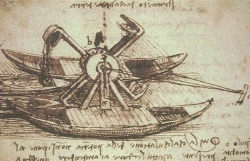 I have been busy studying a most interesting book by Paccioli, one that delves into magic and math. Wiki describes the mystery book here:
I have been busy studying a most interesting book by Paccioli, one that delves into magic and math. Wiki describes the mystery book here:
De viribus quantitatis (Ms. Università degli Studi di Bologna, 1496–1508), a treatise on mathematics and magic. Written between 1496 and 1508 it contains the first reference to card tricks as well as guidance on how to juggle, eat fire and make coins dance. It is the first work to note that Leonardo was left-handed. De viribus quantitatis is divided into three sections: mathematical problems, puzzles and tricks, and a collection of proverbs and verses.
The book has been described as the “foundation of modern magic and numerical puzzles”, but it was never published and sat in the archives of the University of Bologna, seen only by a small number of scholars since the Middle Ages. The book was rediscovered after David Singmaster, a mathematician, came across a reference to it in a 19th-century manuscript. An English translation was published for the first time in 2007 .So there you have it, a book written by Leonardo’s friend and fellow researcher, living in Milan, sharing in Leonardo’s secrets, obsessed with mathematics and alchemaic matters, a fellow genius who happened to be both neighbor and colleague … More on all this later gentle readers ……..Any good blog , if it is to be read, must reveal its secrets a hint at a time..If this little blog can open up the mysteries of one of the greatest geniuses of all time, then it shall remain modest in both it’s temperament and it’s tempo….lest it overwhelm the reader.
……..Any good blog , if it is to be read, must reveal its secrets a hint at a time..If this little blog can open up the mysteries of one of the greatest geniuses of all time, then it shall remain modest in both it’s temperament and it’s tempo….lest it overwhelm the reader.
Thomas Schoenberger



